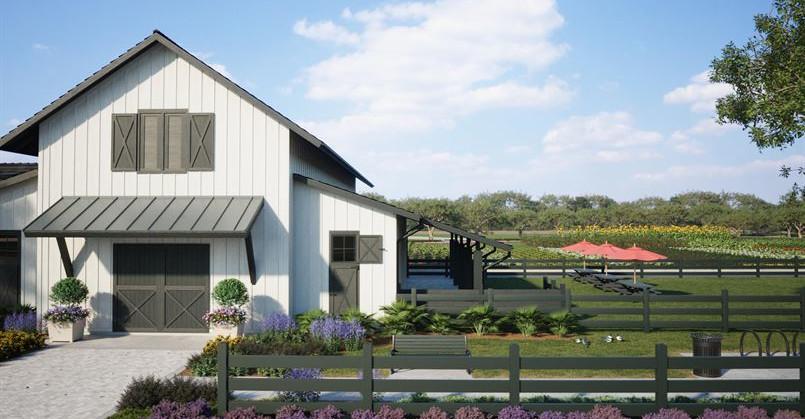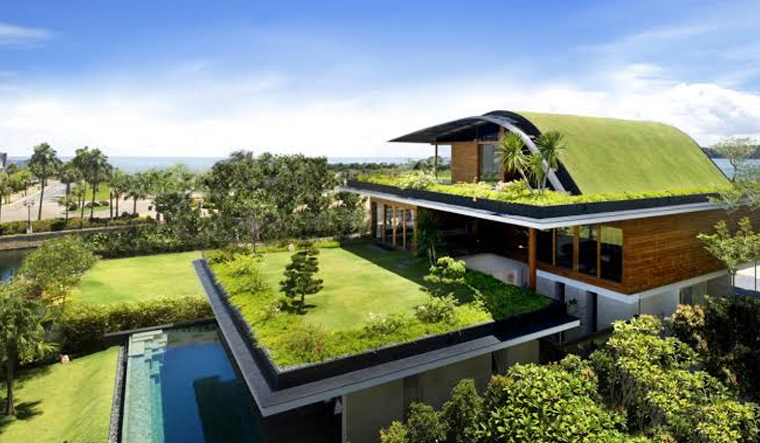As the urgency to combat climate change grows, the concept of sustainable homes has emerged at the forefront of modern living. These eco-friendly dwellings are designed not only to reduce environmental impact but also to enhance the quality of life for their inhabitants. By utilizing renewable energy sources, sustainable materials, and efficient designs, homeowners can contribute to a healthier planet while enjoying the benefits of lower utility costs and a more comfortable living environment.
In this article, we will explore the key features of sustainable homes, including energy-efficient technologies, water conservation methods, and the integration of green spaces. We will also delve into the roles of innovative architecture and community engagement in promoting sustainable living. Whether you are considering building a new home or renovating an existing one, understanding the principles of sustainability can empower you to make informed choices that benefit both your family and the Earth.
Key Features of Sustainable Homes
Sustainable homes incorporate a range of innovative technologies and practices aimed at minimizing environmental impact while maximizing comfort and efficiency. Energy-efficient appliances, solar panels, and advanced insulation techniques are essential components that help reduce reliance on fossil fuels. Additionally, sustainable materials, such as reclaimed wood and recycled products, contribute to a lower carbon footprint without compromising aesthetic appeal. Water conservation methods, including rainwater harvesting systems and low-flow fixtures, further enhance the eco-friendliness of these homes, ensuring responsible resource management throughout their lifespan. Communities that adopt these principles, like Windriver, illustrate how collaborative efforts can lead to a greener future; for more insights, visit this website.

The Role of Innovative Architecture
Innovative architecture plays a pivotal role in the development of sustainable homes by enabling designs that harmonize with the surrounding environment, thereby reducing the need for artificial heating and cooling. Architects are increasingly prioritizing the orientation of homes to optimize natural light and airflow, while also integrating green spaces that enhance biodiversity and create inviting outdoor areas for residents. The collaboration between architects, engineers, and the community is essential to foster a sense of purpose in sustainable living, encouraging individuals to engage actively with their environment and commit to eco-conscious practices. As these principles gain traction, they are influencing urban planning and reshaping neighborhoods toward a more sustainable future.
In conclusion, sustainable homes represent a transformative approach to living that aligns modern convenience with ecological responsibility. By embracing energy efficiency, innovative architecture, and community involvement, these homes not only reduce their carbon footprint but also foster a sense of belonging and purpose among residents. As we challenge ourselves to rethink our lifestyles and prioritize sustainability, the widespread adoption of such designs can pave the way for resilient communities and a healthier planet. Investing in sustainable homes is not just a personal choice; it is a collective commitment to future generations and the preservation of our environment, ensuring that comfort and sustainability go hand in hand in our daily lives.







